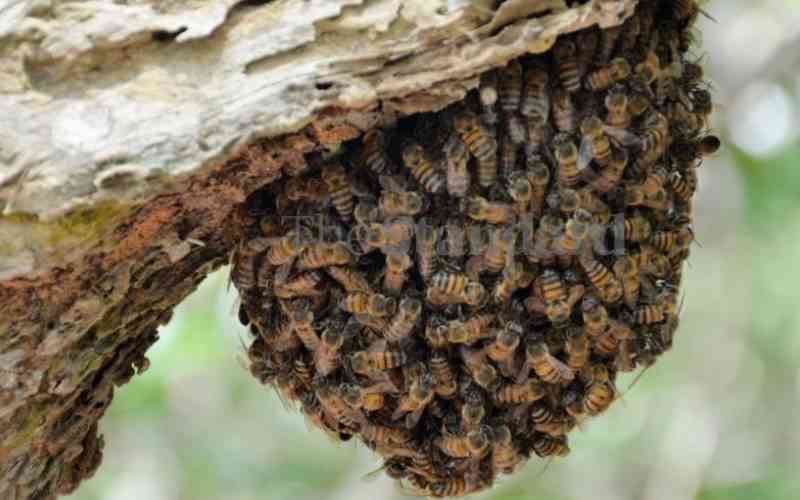
In Kenya, bees have been known to halt political rallies or campaign meetings, much to the chagrin of the organisers.
When that happens, it is not unusual for one party to claim that the bees have been "sent" by their opponents with others attributing such acts to witchcraft.
But African bees were also instrumental in one decisive battle pitting the British and Germans in East Africa. As the First World War broke out in Europe...
 The Standard Group Plc is a multi-media organization with investments in media platforms spanning newspaper print
operations, television, radio broadcasting, digital and online services. The Standard Group is recognized as a
leading multi-media house in Kenya with a key influence in matters of national and international interest.
The Standard Group Plc is a multi-media organization with investments in media platforms spanning newspaper print
operations, television, radio broadcasting, digital and online services. The Standard Group is recognized as a
leading multi-media house in Kenya with a key influence in matters of national and international interest.











